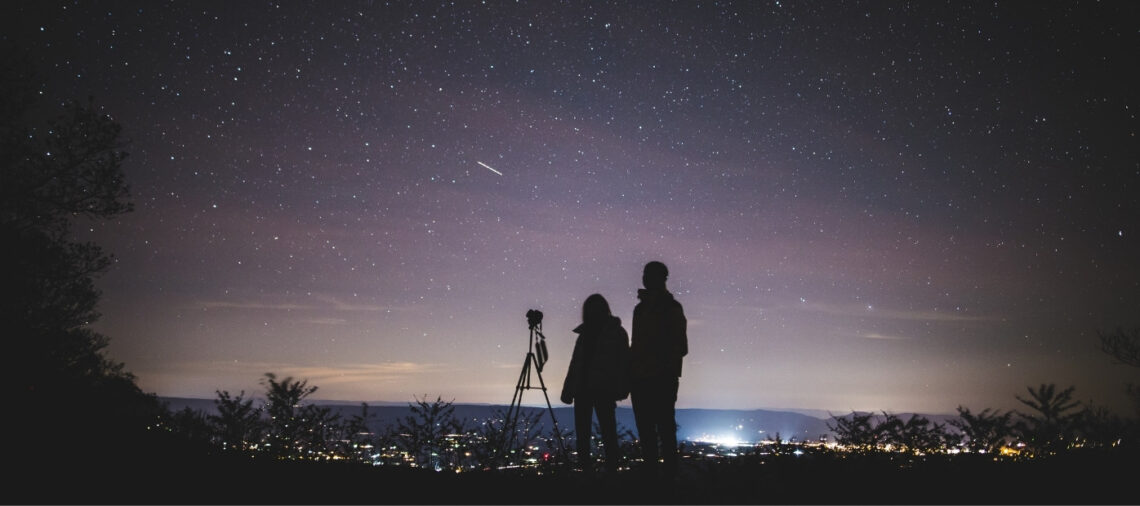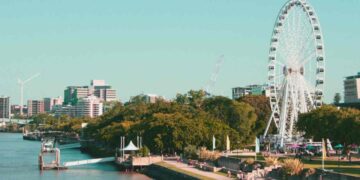New Zealand is a top spot for night sky photography. It has some of the darkest skies in the world. These places let adventurers take pictures of the stars like nowhere else.
The country’s location in the Southern Hemisphere gives photographers amazing views. You can see the Milky Way, Southern Cross, and more. With little light pollution, it’s perfect for taking stunning pictures of the sky.
Key Takeaways
- New Zealand features multiple Dark Sky Reserves and Sanctuaries
- Southern Hemisphere skies offer unique astronomical perspectives
- Minimal light pollution creates ideal photography conditions
- Diverse landscapes provide stunning backdrops for night sky images
- Multiple regions offer exceptional stargazing opportunities
Aoraki Mackenzie International Dark Sky Reserve
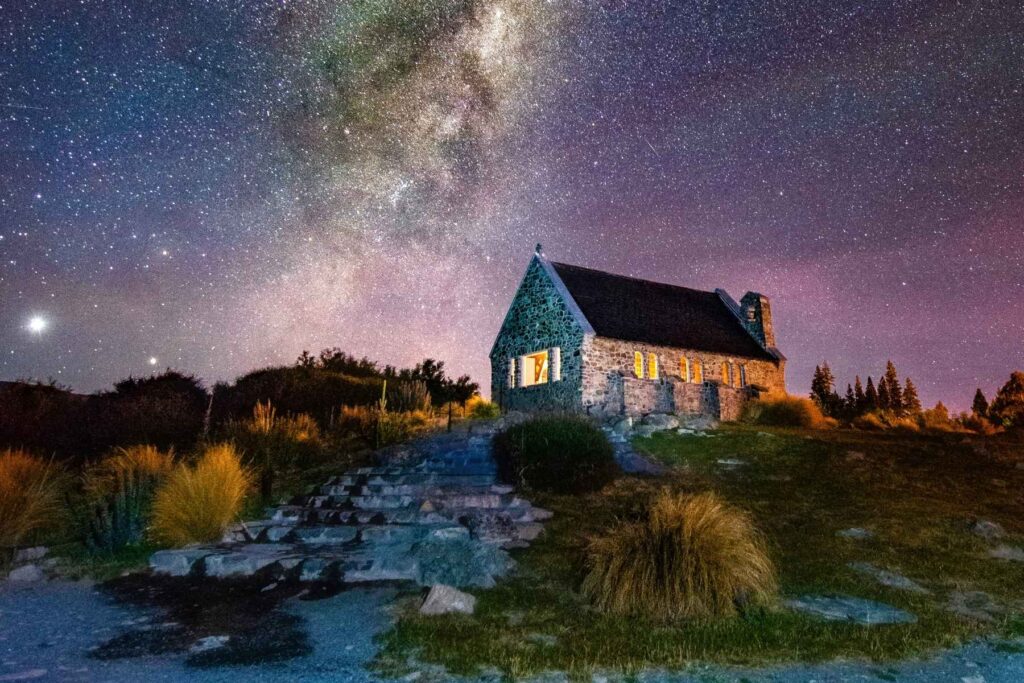
In the heart of New Zealand’s South Island, the Aoraki Mackenzie International Dark Sky Reserve is a haven for stargazers. It covers 4,367 square kilometers and is one of the top spots for stargazing in New Zealand. Here, you can experience the night sky like never before.
It was designated as a dark sky reserve in 2012. It’s the first in the world to get the gold standard status. The reserve’s clear skies let you see stars, planets, and galaxies in amazing detail. The winter months are the best time to see the sky, with its clear and cold nights.
The Mount John University Observatory is a key part of the reserve. It’s a favorite spot for photographers and stargazers. The reserve has strict rules about lighting to keep the sky dark. This helps to show off the beauty of the stars without the glow of city lights.
This place is not just for looking at stars. It also helps protect the environment and local culture. Visitors can explore places like Mount Cook Village, Twizel, and Lake Tekapo. Each offers a different view of this incredible night sky.
Lake Tekapo
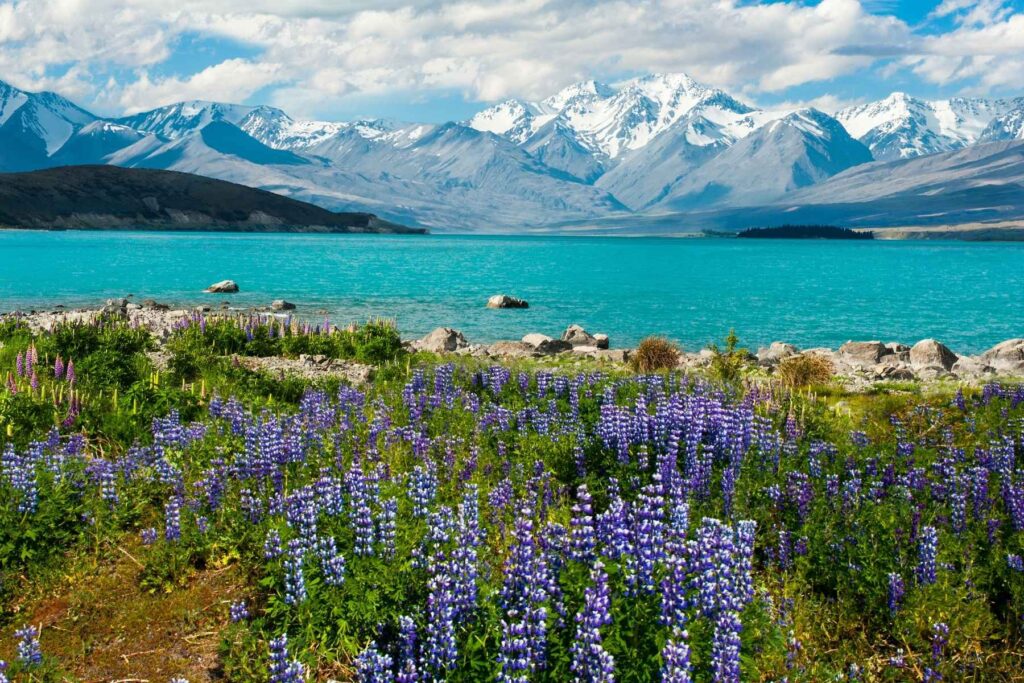
Lake Tekapo is in the heart of New Zealand’s South Island. It’s a top spot for night sky photography tours. The turquoise waters reflect the starry sky, making it a perfect backdrop for photos.
Photographers love Lake Tekapo for its amazing views. The Mount John Observatory offers incredible views of the Southern Hemisphere’s stars. It’s known for its dark skies and little light pollution.
The Church of the Good Shepherd looks magical against the stars. In winter, you can see the Milky Way clearly. The observatory has 2-hour tours starting at 8 PM, with indoor viewing if it’s too cold.
For your trip, wear warm clothes and bring your best camera. It gets very cold, even for pros. The road to Mount John is open from 9 am to 5:30 pm, with a $8 toll.
Pro tip: Visit in the lupin season, from November to December. The area is covered in purple, pink, and yellow flowers. It’s a photographer’s dream with the stars shining above.
Stewart Island
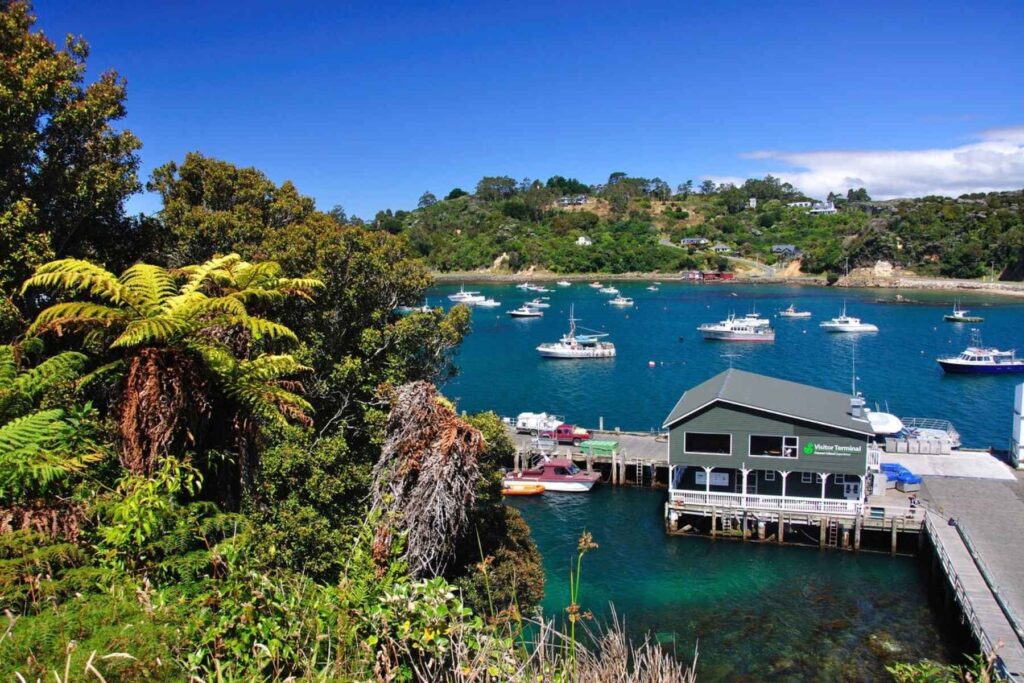
Stewart Island is at the southern tip of New Zealand. It’s a dream spot for those who love taking pictures of the stars. The island is known for its dark skies, perfect for photography workshops.
The island is called Rakiura, which means “The Land of Glowing Skies.” It’s famous for seeing the Aurora Australis. With the right camera gear, you can capture the Southern Lights’ green and purple glow in the sky.
At night, the island comes alive with wildlife. Kiwi birds make sounds as you explore the stars. The island is mostly untouched, thanks to 85% of it being Rakiura National Park.
For the best stargazing, visit in winter. The skies are darkest then, from 7:00 PM to 6:30 AM. The island’s location is great for seeing stars like the Southern Cross and the Milky Way.
Stewart Island is the best place for a true dark sky experience. Its sky is very clear, with readings between 21.51 and 21.93 magnitudes. It’s a place where both pros and hobbyists can have an amazing time exploring the universe.
Mount Cook National Park
Mount Cook National Park is in the heart of New Zealand’s South Island. It’s a top spot for those who love astro-tourism new zealand. The park has Aoraki/Mount Cook, the highest peak in the country, at 3,724 meters. It’s a perfect place for night sky photography.
The park is in the Aoraki Mackenzie International Dark Sky Reserve. This means it has amazing stargazing conditions. Light pollution maps new zealand show it’s one of the best places to see the stars.
The Hooker Valley Track is a 10-kilometer return journey. It offers great views for capturing the Milky Way over the Southern Alps. After mid-August, the Milky Way looks amazing above Aoraki after sunset.
Hooker Lake is perfect for taking photos of the stars. It’s even better when icebergs float under the stars. In winter, the park turns into a crystal world, perfect for photos.
For those who love adventure, Mueller Hut is a must-see. The air is crisp, and you can hear avalanches in the distance. It’s a magical place to see the stars. Mount Cook National Park is more than a place; it’s a gateway to the universe.
Tongariro National Park
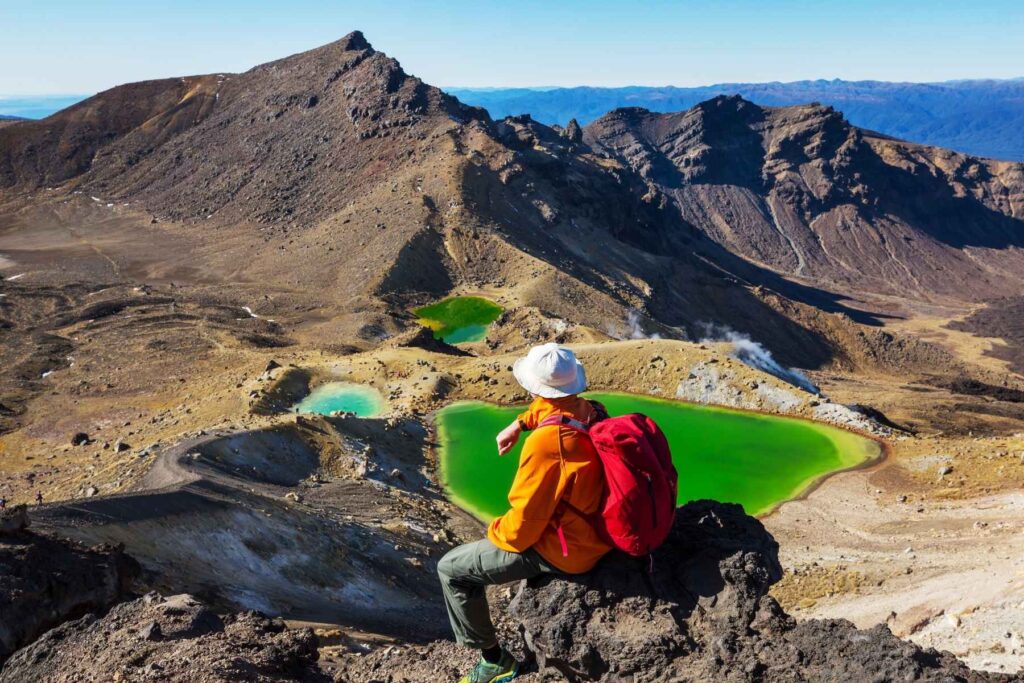
Tongariro National Park is in the heart of New Zealand’s volcanic area. It’s a stunning place for night sky photography. This UNESCO World Heritage Site combines ancient volcanoes with endless stars.
The park’s wide landscapes are ideal for capturing the Milky Way. With little light pollution and three active volcanoes, it’s perfect for astrophotography. The best time for photos is in winter, when the skies are clearest.
There are many spots in the park for great photos. The Tama Lakes area and Whakapapa Village are top choices. Local workshops can teach you the best ways to capture the night sky.
Tongariro National Park is a must-see for anyone who loves the night sky. It offers a mix of natural beauty and cosmic wonder.
The Catlins
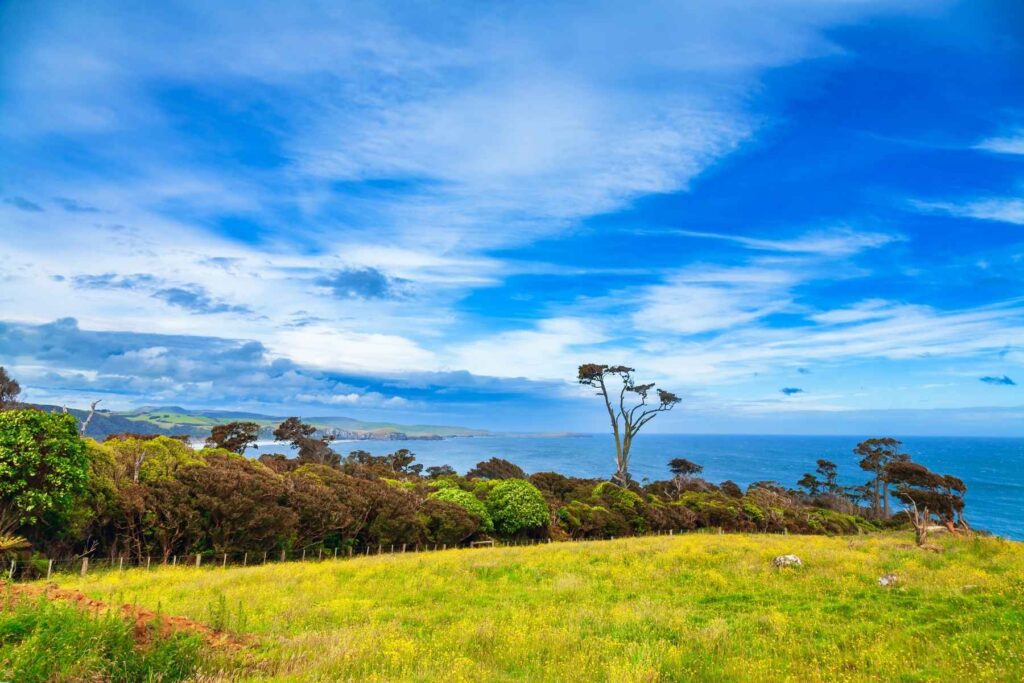
The Catlins, in southern New Zealand, is a top spot for stargazing. It’s a remote coastal area with dark skies and stunning landscapes. These make it perfect for capturing the night sky through photography.
Nugget Point is a must-visit for Milky Way photos. The lighthouse on the rocky coast makes a great backdrop. As night falls, the stars and sea create a magical scene.
Both wildlife lovers and photographers will adore The Catlins. Its dark skies offer amazing views of the Southern Hemisphere’s stars. You can take photos of the Milky Way over the coast, with the sound of waves in the background.
For great night sky photos, bring a tripod, wide-angle lens, and patience. Winter months have the clearest skies. Dress warmly for the Catlins’ unpredictable weather, making stargazing here both challenging and magical.
Great Barrier Island
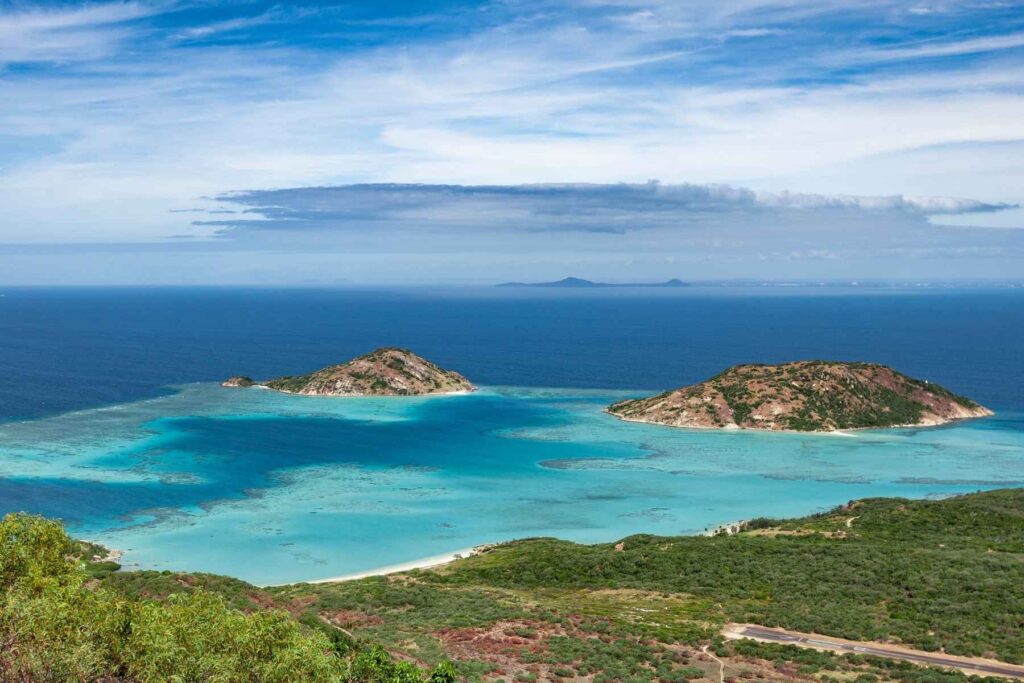
Great Barrier Island is a hidden gem off New Zealand’s coast. It’s a top spot for night sky photography tours. This island is one of only four International Dark Sky Sanctuaries worldwide. It has 60% of its land as a conservation park, making it perfect for stargazing.
The island’s sky is incredibly dark, with a brightness of over 21.5 on the Bortle scale. Unlike most places, where light pollution is common, Great Barrier Island offers a clear view of the stars. On a clear night, you can see about 5,000 stars, compared to just 100 in downtown Auckland.
Night sky photography tours here are more than just a visual treat. The island’s low population means less light pollution. Local astronomy groups, with 10% of the island’s people, help guide visitors through the stars.
From October to April, the sky is perfect for astrophotography. You can capture the beauty of the Southern Hemisphere sky, including the Magellanic Clouds. Whether you’re a pro or just starting, Great Barrier Island offers an amazing stargazing experience.
Wrapping Up: Best Spots in New Zealand for Night Sky Photography
Your journey through New Zealand’s night sky is a photographer’s dream. Workshops here offer amazing chances to capture the universe’s beauty. With 12-13 dark sky days a month, you can explore places like the Aoraki Mackenzie Dark Sky Reserve.
Choosing the right gear for astrophotography in New Zealand is key. Experts like Larryn Rae say 90% of great shots need careful planning. The Canon EOS R5 camera and its lenses make your night sky photos unforgettable.
Dark sky sanctuaries in New Zealand offer both challenges and rewards. Winter’s cold creates stunning conditions for Milky Way shots. With 30-second shutter speeds and post-processing, your photos can become cosmic art.
Astrophotography in New Zealand is about connecting with the universe’s wonder. Each spot, from Stewart Island to Lake Tekapo, shows the Southern Hemisphere’s beauty. Your photos are more than images; they’re cosmic poems celebrating Earth’s wonders.
FAQ
What makes New Zealand an exceptional destination for night sky photography?
New Zealand is great for astrophotography because of its vast dark sky reserves and little light pollution. The landscapes are diverse, making them perfect for stunning foregrounds. The Southern Hemisphere offers amazing views of the Milky Way and the Aurora Australis.
What equipment do I need for night sky photography in New Zealand?
You’ll need a full-frame camera, a wide-angle lens, and a sturdy tripod. A remote shutter release and extra batteries are also essential. Star tracking mounts and warm clothing are recommended for the best experience.
When is the best time of year for astrophotography in New Zealand?
The best times are winter (June-August) and early spring. Autumn (March-May) and early winter are also good, with clearer skies and less moisture.
Are there guided astrophotography tours in New Zealand?
Yes, places like Great Barrier Island and Aoraki Mackenzie offer workshops and tours. These provide expert advice on technique and location scouting.
How do I prepare for night sky photography in remote New Zealand locations?
Check the weather and moon phases before you go. Bring warm clothes, backup power, and tell someone where you are. Always follow local conservation rules and pack only what you need.
What are the top dark sky locations in New Zealand?
Top spots include Aoraki Mackenzie, Stewart Island, and Great Barrier Island. Lake Tekapo, Mount Cook National Park, Tongariro National Park, and The Catlins are also great. Each offers unique views and conditions.
Can I see the Aurora Australis in New Zealand?
The Southern Lights are best seen in Stewart Island and southern South Island. Winter months offer the best chance, with high solar activity being key. Patience and luck are important for capturing this phenomenon.
What camera settings work best for night sky photography?
Use manual mode, wide aperture, and high ISO. Shutter speeds should be 10-30 seconds. Manual focus and RAW format are also recommended. Star tracking can help get clearer images.
Are there any conservation considerations for night sky photography?
Respect local ecosystems and follow Leave No Trace principles. Stay on paths and minimize artificial light. Many areas are protected, so be careful and responsible.
How can I protect my camera equipment in challenging New Zealand environments?
Use protective bags and silica gel packets to prevent moisture. Bring lens cleaning kits and weather-resistant covers. Extra batteries and insurance are also good ideas. Be prepared for changing conditions with the right gear.
Photos: Canva Pro

